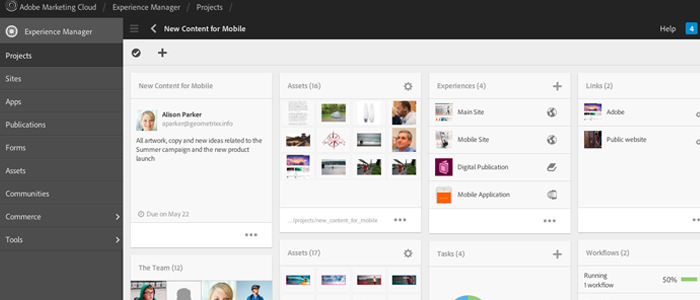
Customer Feedback is Gold: Improve Customer Centricity for Better Digital Transformation

“A customer can have a car painted any color he wants so long as it’s black.”
– Henry Ford, 1909
Responding to customer needs is what business has always been about. While it’s been relatively easy to adapt advertising and marketing activities to be more customer focused, the gains have been slower in other areas of business. Legacy systems – and legacy thinking – have a way of hemming in business potential.
On the face of it, customer responsiveness doesn’t look that new. All aficionados of agile methodologies and practices will be aware of the ongoing quest to improve feedback loops, reduce cycles and deliver better software. However, in the age of digital transformation, organizations have the capability to take customer responsiveness to a new level. Let’s take a closer look at how to improve customer centricity, or customer obsession, through digital transformation.
Putting the right strategy in place
Customer centricity is about more than improving customer service. It is re-imagining your business from the standpoint of the customer, and then working backwards. Nimble Internet-born companies have built their businesses based on this principle. Established incumbents sometimes have a harder time in bending established methods, assets and infrastructure to suit the needs of their customers today, but that’s what must be done and there are many inspiring success stories out there.
We recently hosted the Apexon Digital Maturity summit where we invited experts and customers to share how they were managing customer centricity in the age of digital. One such innovator is Tim Daniel, executive VP at International SOS, a company that has been helping clients around the world keep employees safe for more than 30 years. As Tim notes in a recent blog on these pages, “In order to compete in today’s fast-paced world of instant communication, established enterprises like ours need to fully embrace digital, including the transformation of legacy systems and processes. Your digital initiatives need to integrate with existing workflows, so that you’re not imposing a new customer behavior. As customer behaviors, expectations and experiences change, your digital process flow should adapt; not the other way around.”
Listen, and then act
Listen to what customers are saying. Their feedback is gold. Enterprises need to find strategies around capturing and monitoring what customers are saying to them. Feedback can take many forms: reviews, error reports or interactions with customer service teams, for example. The latter is particularly interesting as businesses increasingly use chat bots for customer service queries. Customer service bots are the eyes and ears of an enterprise and a direct link to customers. They are brimful of valuable, but unstructured data. Learn to track and extract value from the texts, images, location data and videos that might be shared via a bot, and an enterprise has a prime opportunity to spot trends and react quickly.
Data – an enterprise’s secret weapon?
Thanks to the tide of smart devices, instant, wireless connections and cloud processing, we now have more data than ever coursing through our business networks and residing on servers. Established enterprises in particular are repositories of vast quantities of data. The challenge is to unlock the information and act on it. Digital transformation strategies can help organizations leverage their knowledge of the customer and associated data. For example, with new channels such as IoT and wearables, we now have numerous ways to collect customer feedback data and incorporate it back into the software development lifecycle to enhance continuous delivery.
It is not an easy fix, as I am sure any reader of this blog will appreciate. When an organization is potentially facing a wide-reaching overhaul of the architecture, systems of record and engagement and platforms that are the business’ building blocks, there needs to be a way of prioritizing. Enterprises should look for small yet strategic gains initially. For many this will involve innovating business capabilities, while longer term projects might involve data integration across several platforms.
Wherever you currently stand on your digital maturity journey, we can help you measure how customer-centric your transformation is at present. Why not get in touch and find out how customer-led design thinking can transform your business?







